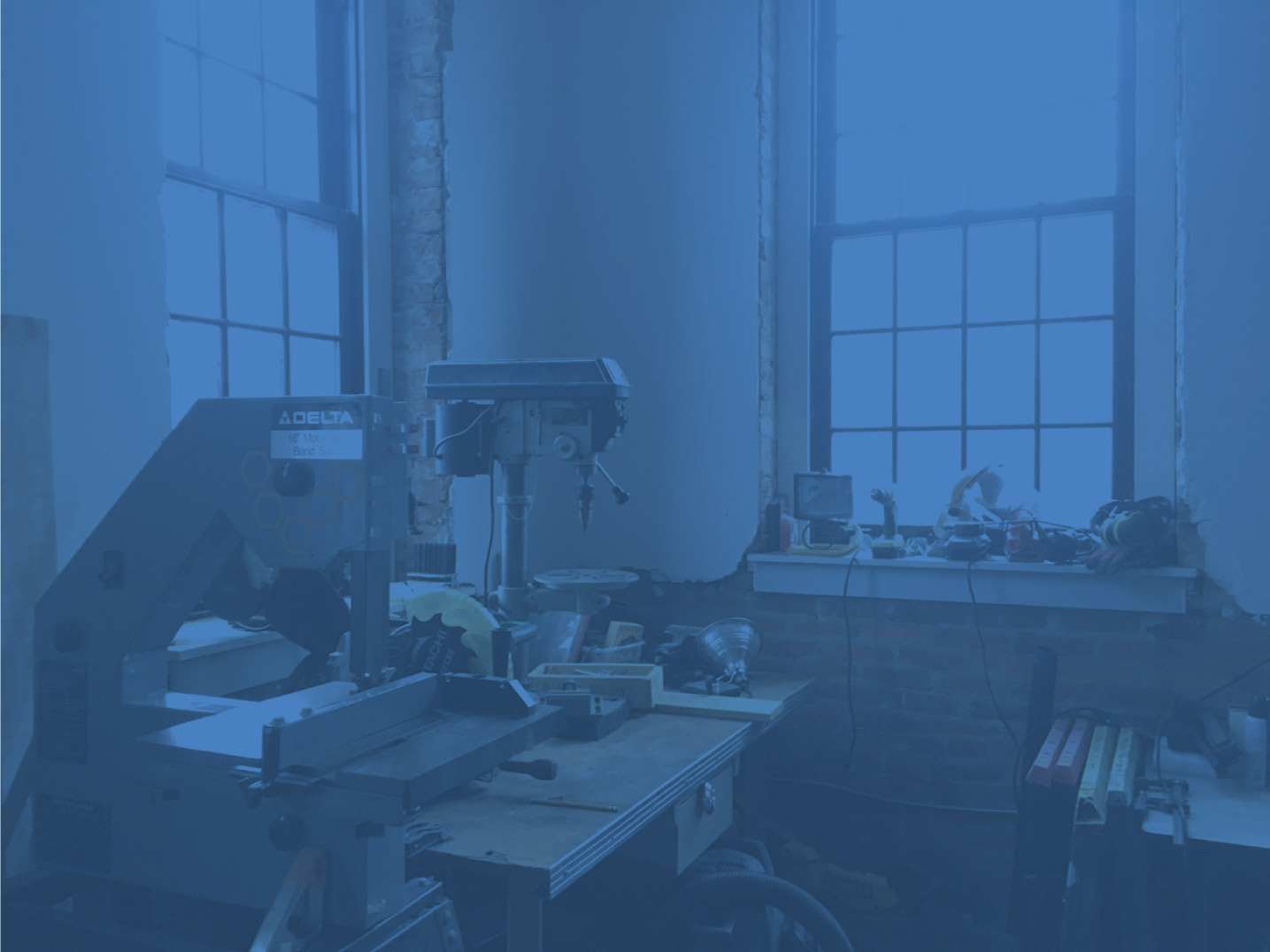Humanity reached a big milestone this year. For millions of years, every tool that homo sapiens has ever made has had one thing in common: it was made on Earth.

But this year we successfully launched a 3D printer into space, marking the first time in human history that we can make an object off the surface of the earth. The group that has made this possible (besides NASA) is Made in Space, a company founded to prove that off-world additive manufacturing is both possible and the next step in space colonization. I talked with Made in Space co-founder Mike Chen about the future of making in space.
Getting to space is getting easier each year, but even with the new SpaceX Dragon missions, the cost of putting a kilogram of mass on the International Space Station is still about US$22,000. That makes it unreachable for most of us. In 2010 Made in Space saw a chance to disrupt this rocket-powered supply chain and enable manufacturing in space using newly available consumer 3D printer technology. They ran countless tests of existing consumer 3D printers onboard a reduced gravity aircraft (aka the Vomit Comet) to find a suitable design. Mike explained the problem, “We actually get a few emails a week [where] someone takes a printer and turns it upside down or sideways and says, ‘See? This prints upside down, so why wouldn’t this printer work in space?’ You know, you’re just not really thinking it through. Gravity is still there, acting as a force to hold things in place.” Remove that force and everything starts to oscillate. Also, heating elements in microgravity are difficult because there is no natural convection to circulate hot air, making passive cooling nearly impossible. The machine also needs to withstand the violence of launch, which may be the biggest build challenge. The Made in Space team decided that they needed a design of their own.
Mike says that’s one of the reasons the space stations exists, to experiment with how different systems act in micro-gravity. This is very much an experiment and is being treated as such. On November 17th, the printer was installed in the Microgravity Science Glovebox (MSG), a facility on the ISS dedicated to possibly harmful experiments, and a perfect place to safely test new technologies. Now that the machine is ready, the first extraterrestrial manufacturing will commence soon.

I pressed Mike for some details on the machine itself. It’s a Material Extrusion machine like most consumer 3D printers on the market. That means it’s full of steppers; everyone loves steppers. In order to limit their unknown variables, they decided to use ABS plastic as their material. It’s one of the most well known polymers and is a very useful material. ABS does have toxic offgassing, so in addition to being housed in the MSG, there are environmental filters to protect the astronauts’ precious atmosphere. A 3D printing professional will also appreciate these simple design guidelines presented by Future Engineers who host a challenge to inspire schoolkids to design an object to be printed in space. Those guidelines also call out the build volume of 5cm x 10cm x 5cm and specific design hazards posed to an astronaut. Printed parts must not have any support structures or require post processing, which could release small particles in the air that can get in everything, including the astronauts. The standard 45° overhang is present as well. Maybe the next machine will be a 5 axis robot that can follow clever 3D toolpaths and truly print any geometry.
This machine has been designed with multiple design constraints to contend with. These constraints really drove Made in Space to develop their own machine and IP. On the ISS, an hour of an astronaut’s precious time will cost about $50,000. That means no fiddling with extruder tensions or babysitting the machine as it prints. So the printer only has one button, the ON button. Everything else is handled from ground control thanks to the MSG’s video cameras.
The big question is, what will they print first? Made in Space is being very secretive about this, but we won’t have to wait long to find out. The first print will be a special milestone, but subsequent prints will be test coupons that can be compared to prints made in an identical machine on terra firma. After proving the printer’s quality, there is a long list of useful objects that are needed on the ISS. There are hundreds of replacement parts already in storage on the station, but in the future those parts will be made on demand. At that point each kilo of printer material becomes a lot more valuable and versatile. There is even new opportunities to improve the lives of the astronauts by allowing family members to send digital gifts into orbit. In 2009 Randy Bresnik’s daughter was born while he was on an ISS mission. Imagine in addition to a photograph, Randy holding a 3D print of the newest Bresnik while passing out bubblegum cigars to his fellow astronauts.
You too can design something to be produced in space. Mike was keen on energizing the thousands of brand new 3D designers in the world to help solve problems in space. This machine gives an amazing amount of access to the 3D printing community on Earth. Made in Space is very receptive to ideas about what should be manufactured in space. Reach out and find a novel solution to a unique problem and there may even be a commercial benefit in it for you. See what Made in Space is doing on their website and follow Mike Chen on twitter: @MikeChen. These are exciting days.

